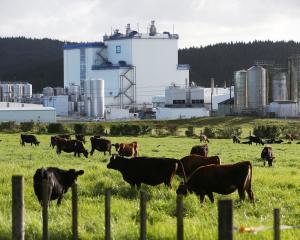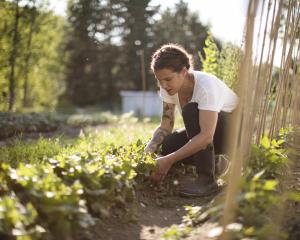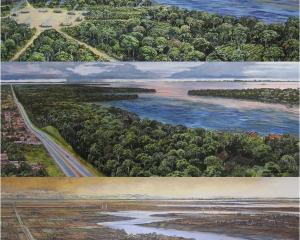What we do in our cities, our priorities and the decisions we make about our urban future will shape our global future.
The 21st century is the century of the city.
In 2007, for the first time in human history, more people lived in cities than in rural areas.
This urban revolution has far-reaching implications for all aspects of society, including how we think about food and agriculture.
As our cities have grown, the process of urbanisation has consumed vast tracts of farmland, pushing agriculture towards highly specialised and less labour-intensive production that has been limited to rural areas.
Planning and zoning policies have helped to reinforce the urban-rural divide to the point where in many places food production is completely isolated from the daily practices of urban residents.
The infamous Jamie Oliver video clip of schoolchildren not recognising a carrot is a poignant illustration of one of the implications of this divide.
The rise of urban agriculture over the past few decades represents an attempt to bring food production and urban residents closer together.
Urban agriculture initiatives address burgeoning urban ecological footprints by reducing the need to import food and export waste.
They raise awareness of food and nutrition of urban residents and are critical components of public health initiatives to address under-nutrition, obesity and diabetes.
Urban agriculture can also provide a range of ecosystem services, from flood control to urban greening. It can also provide substantial amounts of food.
Cuba is often pointed to as an example of the potential of urban agriculture.
With the collapse of the Soviet Union, Cuban agriculture was forced to de-industrialise and focus on local production.
The rapid forced transition in Cuba was initially traumatic for residents, with high levels of under- and malnutrition.
However, small-scale urban farms and gardens now produce up to 90% of Havana's fresh produce.
Many other places are recognising the potential of urban agriculture.
A study by researchers at York University in Toronto looked at the food production potential of existing land on public right-of-ways (e.g. electricity line corridors) and other underused public land.
They found this land had the potential to produce as much as 10% of the city's annual produce.
Seoul, the fourth-densest populated city in the world, has experienced rapid growth in urban agriculture.
Subsidised agriculture plots in the city have grown from 66 in 2010 to more than 2000 by 2013.
The metropolitan government has invested $2.4 billion won ($NZ3million) to support small farmers in the city.
They have seen the cultivated area grow from 29.1ha to 84.2ha and the number of farmers increase from 287,000 to 440,000 since 2011.
The economic potential of urban agriculture is also significant.
It contributes to the quality of life of residents, achieves multiple planning objective, and increases local employment (and the subsequent local tax base).
Research by the University of Iowa found that if every resident in the Cedar Falls-Waterloo metropolitan area (population 169,000) ate five locally grown fruits and vegetables in the three months they are in season, it would create $6.3 million in local income and create 475 new jobs.
Globally, the urban revolution is well under way.
The urban food revolution has just begun.
In Dunedin, will our shift in how we think about agriculture and its place in the city be driven by crisis - either environmental or public health - or will we be opportunistic and capitalise on the potential of urban agriculture to reconnect urban residents to food, close the production-consumption cycle and build vibrant communities?
• Sean Connell is a lecturer in the University of Otago Department of Geography. Each week in this column, one of a panel of writers addresses issues of sustainability.












